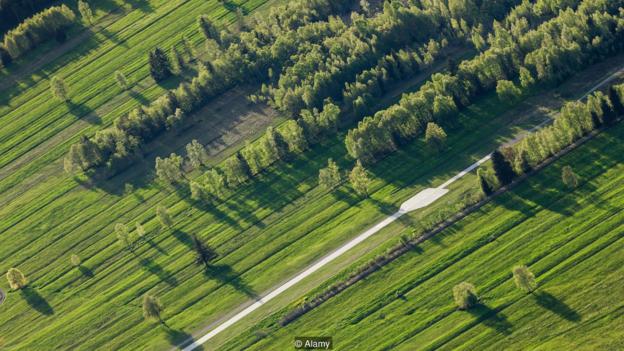The animals thriving in the Anthropocene

By Chris Baraniuk | BBC Future
In the streets and alleyways of Baltimore, Dawn Biehler and her colleagues have been hunting for mosquito larvae – with turkey basters.
“We go to a block and look for every single standing water container we can find,” she explains. “It could be as small as a bottle cap – we see a lot of those.” A small sample of water is sucked up into the tubes and brought back to the lab for analysis. This reveals how many larvae are present.
Biehler’s research at the University of Maryland, Baltimore County, is an effort to document the specific bits of man-made environments that encourage these insects to multiply. Besides feeding on the blood of humans and their pets, mosquitos are well-adapted to life in cities. Stagnant water is their breeding ground, so waste items that have collected rain are excellent places to find larvae.
Continue reading on BCC Future.
